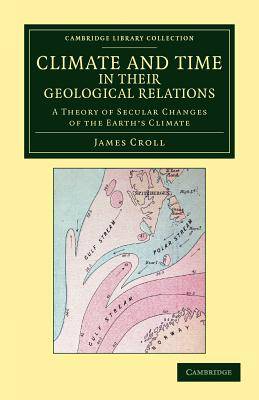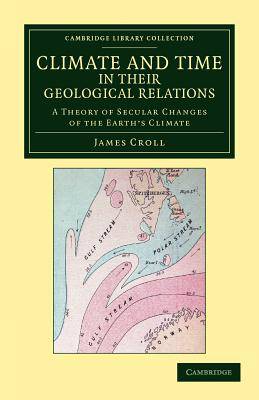
- Afhalen na 1 uur in een winkel met voorraad
- Gratis thuislevering in België vanaf € 30
- Ruim aanbod met 7 miljoen producten
- Afhalen na 1 uur in een winkel met voorraad
- Gratis thuislevering in België vanaf € 30
- Ruim aanbod met 7 miljoen producten
Zoeken
Climate and Time in Their Geological Relations
A Theory of Secular Changes of the Earth's Climate
James Croll
€ 127,45
+ 254 punten
Omschrijving
This first book by James Croll (1821-90), published in 1875, includes many of the original geophysical theories that he had formulated throughout the early years of his career. A self-educated amateur, Croll obtained work at the Glasgow Andersonian Museum, which gave him leisure time to pursue his scientific interests. The fluidity of scientific disciplines at the time allowed him to virtually invent the field of geophysics, and his unique insights united ideas previously thought unconnected, such as using physics to explore the causes of the glacial epochs, climatic changes and the circulation and temperature of ocean currents. Croll, whose Stellar Evolution and Its Relations to Geological Time is also reissued in this series, later became a Fellow of the Royal Society and of St Andrew's University, but (possibly because of his non-scientific background) he writes in a style which makes his works accessible to a lay readership.
Specificaties
Betrokkenen
- Auteur(s):
- Uitgeverij:
Inhoud
- Aantal bladzijden:
- 620
- Taal:
- Engels
- Reeks:
Eigenschappen
- Productcode (EAN):
- 9781108048378
- Verschijningsdatum:
- 10/05/2012
- Uitvoering:
- Paperback
- Formaat:
- Trade paperback (VS)
- Afmetingen:
- 140 mm x 216 mm
- Gewicht:
- 775 g

Alleen bij Standaard Boekhandel
+ 254 punten op je klantenkaart van Standaard Boekhandel
Beoordelingen
We publiceren alleen reviews die voldoen aan de voorwaarden voor reviews. Bekijk onze voorwaarden voor reviews.








